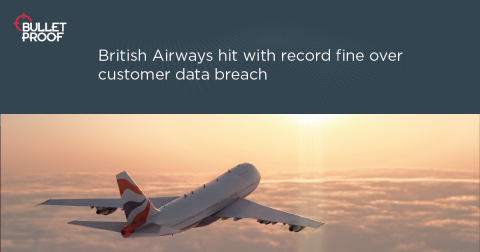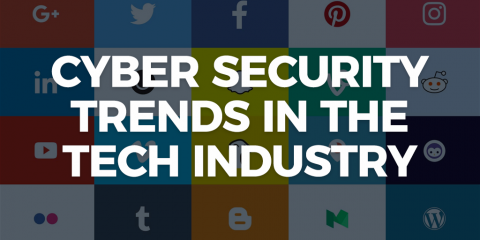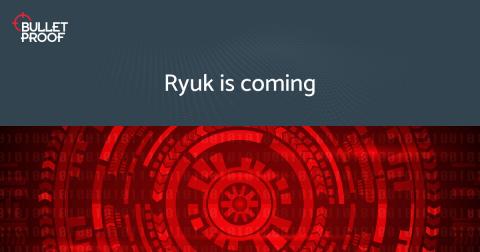File transfer security risks and how to avoid them
Ransomware attacks increased by 105% in the first quarter of 2019, according to Beazley’s tally of insurance claims and data analytics. Other alarming reports show that new variants of Ransomware keep appearing almost every month. In addition, two years after the WannaCry Ransomware attacks, 1.7 million computers still remain at risk in 2019 according to TechCrunch. Fortunately, there are cybersecurity solutions that can protect your data during file transfer and file storage.









